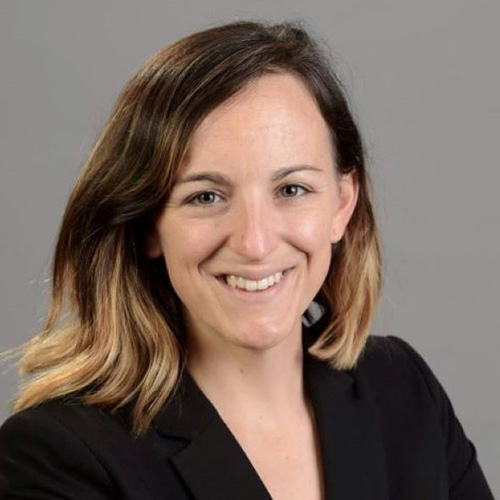Disparities in patient portal access and the role of providers in encouraging access and use
Lead author Chelsea Richwine discusses this month's JAMIA Journal Club selection:
Richwine C, Johnson C, Patel V. Disparities in patient portal access and the role of providers in encouraging access and use. J Am Med Inform Assoc. 2022;ocac227. doi:10.1093/jamia/ocac227.
Watch the Recording
Author
Chelsea Richwine is an Economist in the Office of Technology at the Office of the National Coordinator for Health IT (ONC). Her work is focused on the intersection between public health and health IT including health information exchange, patient access to electronic health information, and public health reporting. Chelsea received a master’s degree in Economics from Duke University and a PhD in Public Policy and Public Administration with an emphasis in Health Policy from George Washington University.
Manager
Moderator
Statement of Purpose
In 2020, about six in 10 individuals nationwide were offered access to their electronic health information (EHI) by their health care provider via a patient portal and 40 percent reported accessing it at least once within the past year. While overall growth in patient portal engagement is encouraging, historically, studies have documented significant racial and ethnic disparities in which groups of patients reported being offered access to their patient portal by a health care provider.
Our work contributes to the literature by using nationally representative survey data from 2019 and 2020 to identify disparities in patient reports of being offered access to a patient portal by their healthcare provider. To understand the role providers can play in influencing patient access to EHI, we (1) compared rates of patient-reported access and use of EHI among White, Black, and Hispanic individuals in the overall sample and among those who were offered a portal by their provider and (2) examined variation in patient access among individuals who reported their provider offered them a portal and encouraged them to use it. We also examined patients’ reasons for non-use among individuals who were offered a portal but did not access or use it. Taken together, our findings shed light on inequities in patients’ opportunity to access their EHI and can help inform efforts to maximize patient access to EHI and eliminate disparities in access and use.
Target Audience
The target audience for this activity is professionals and students interested in health informatics.
Learning Objectives
After participating in the webinar, participants should be able to:
- Distinguish equal opportunity from equal access to EHI
- Recognize racial and ethnic disparities in patients’ opportunity to access EHI and differences in patient-reported access and use
- Maximize accessibility of online medical records
- Assist in mitigating disparities in patient access to EHI
Format
- 35-minute presentation by article author(s) considering salient features of the published study and its potential impact on practice
- 25-minute discussion of questions submitted by listeners via the webinar tools and moderated by JAMIA Student Editorial Board members.
Accreditation Statement
The American Medical Informatics Association is accredited by the Accreditation Council for Continuing Medical Education to provide continuing medical education for physicians.
Commercial Support
No commercial support was received for this activity.
Disclosures for this Activity
The following planners and staff who are in a position to control the content of this activity disclose that they have no financial relationships with commercial interests/ineligible entities:
Presenter: Chelsea Richwine
JAMIA Journal Club Planners: Aaron Tierney; Christina Baker; Kirk Roberts
AMIA Staff: Susanne Arnold


